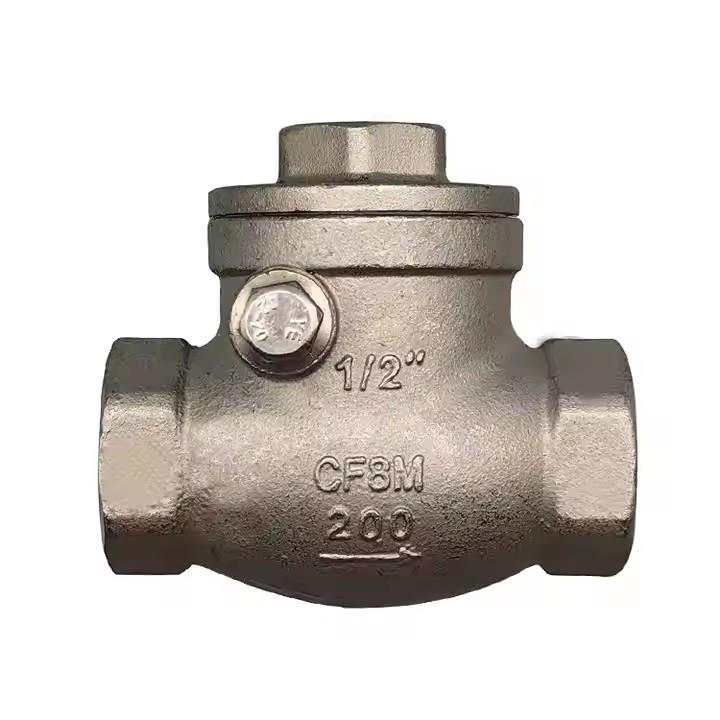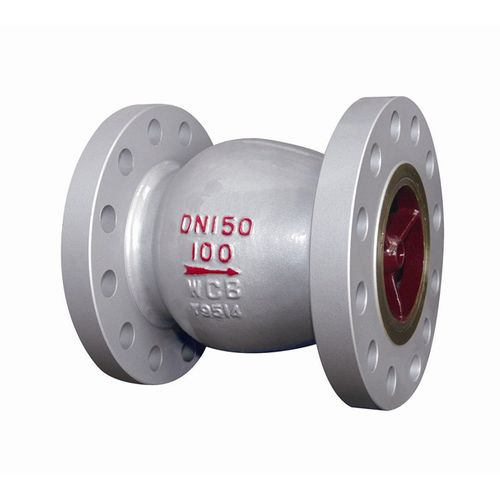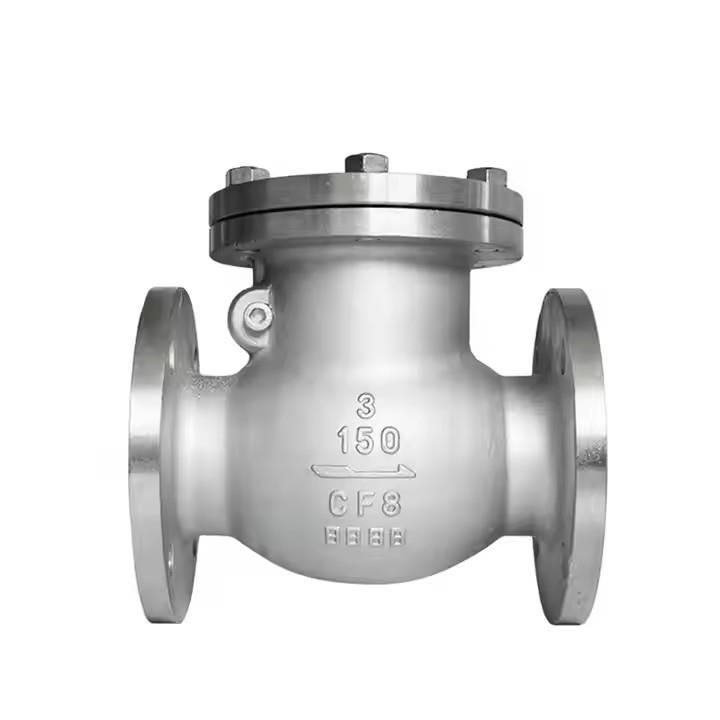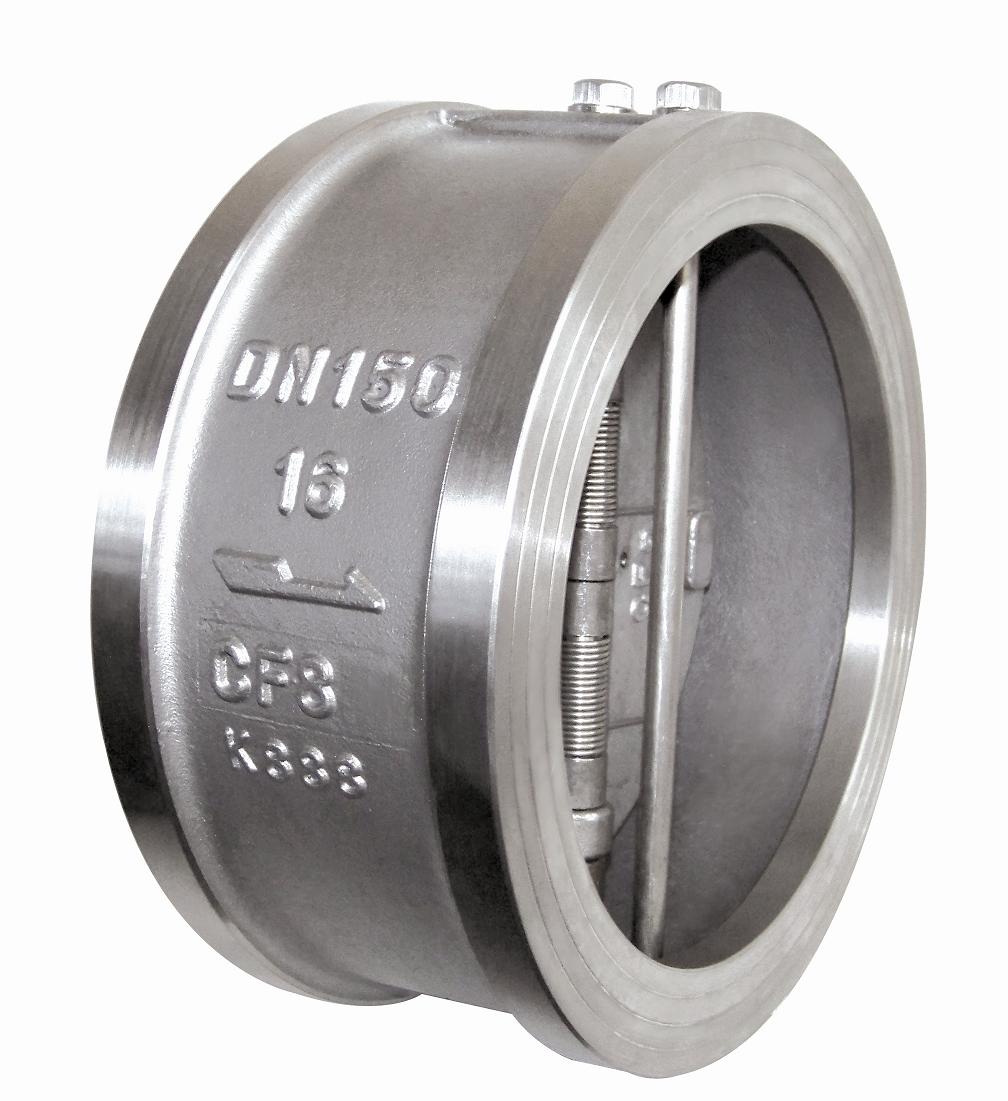Wafer Type Check Valve
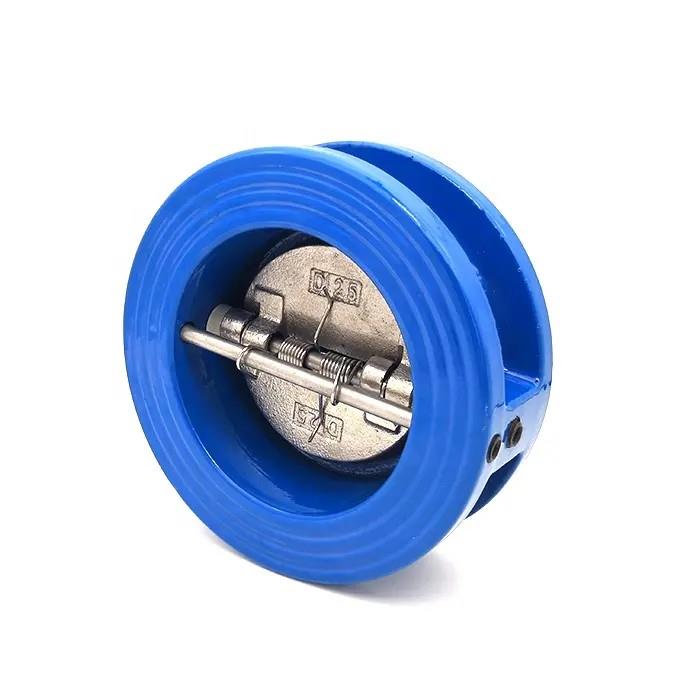
The wafer check valve, also know as wafer type non return valve, non return valve wafer type, is a type of valve that automatically opens and closes relying on the flow of the medium itself. It is mainly used to prevent the backflow of the medium, prevent the reverse rotation of the pump and its driving motor, as well as the discharge of the medium in the container. This kind of valve is an automatic valve, and it uses the force generated by the flow of the medium to control the opening and closing of the valve disc, ensuring that the medium can only flow in one direction.
The wafer check valve is light in weight and small in size, making it easy to install between the flanges. The inside of the valve is composed of two semi-circular springs and a plate surface, which are fixed to the valve body with pins. The deformation of the spring closes the valve plate, and the fluid pressure opens it. This design enables a quick response and protects the pipeline from water hammer damage.
Main features of the wafer check valve.
- Disc travel is short with less impact force caused by valve closing;
- The disc closes quickly with less water hammer pressure. Water hammer pressure is only 1/2 to 1/5 times of flange type swing check valve and flange type lift check valve;
- Low flow resistance;
- Horizontal and vertical installation available;
- Very low opening (cracking) pressure differential;
- More reliable due to lower impact forces, and less water hammer.
Main Part Material
| o | Part | Material |
| 1 | Body | ASTM A351 CF8 |
| 2 | Seat Ring | ASTM A182 F304 |
| 3 | Disc | ASTM A351 CF8 |
| 4 | Spring | InconelX 750 |
| 5 | Pin | ASTM A182 F304 |
The data is for reference only, please consult sales@wayvalve.com for details.
Applications of wafer type check valve.
This valve is mainly applicable to water supply system, petroleum, chemical industry, metallurgy, etc. industrial departments are installed on the site is the most suitable space limit.
Wafer Check Valve Types

Dual Plate Wafer Check Valve

Wafer Swing Check Valve

1 Wafer Check Valve

3 Wafer Check Valve

4 Wafer Check Valve

6 Wafer Check Valve
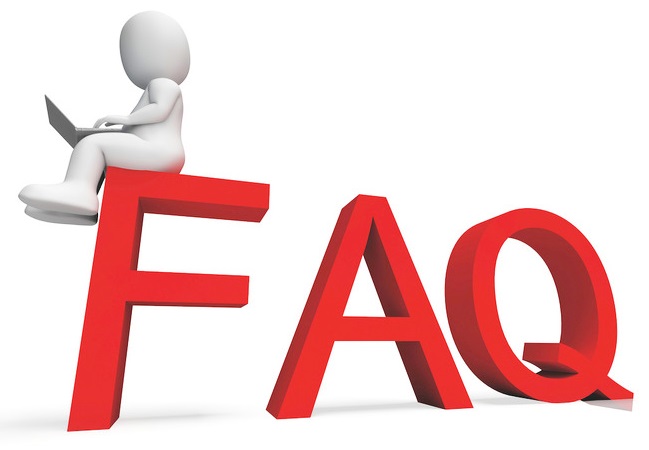
What is the difference between a wafer and a flanged check valve?
The main differences between wafer and flanged check valves are as follows:
Connection type: Wafer check valves are installed between two flanges and connected by bolts, with a compact structure. Flanged check valves have integral flanges, which are connected to the pipeline flanges by bolts, requiring more space.
Installation space: Wafer check valves are suitable for narrow-space pipelines due to their small size and light weight. Flanged check valves need more installation space because of their larger size and weight.
Sealing performance: Both have good sealing performance, but the sealing structure of flanged check valves is usually more complex, which may have better sealing in some cases. Wafer check valves rely on the cooperation of the valve body and the valve disc for sealing.
Pressure resistance: Flanged check valves generally have better pressure-resistance performance and can be used in high-pressure pipelines. Wafer check valves are suitable for low-and medium-pressure pipelines.
What is the difference between a wafer and a lug type check valve?
The main differences between wafer and lug type check valves lie in their installation and structural design:
Wafer Type Check Valves: Mounted between two flanges using the flanges’ bolts (no integral bolts on the valve).
Thin, compact design, suitable for space-constrained systems.
Less expensive but relies on flange alignment for sealing.
Lug Type Check Valves: Have integral lugs (bolts or slots) on the body that align with flange bolts during installation.
Provide better stability and easier alignment, reducing stress on the valve and flanges.
Suitable for high-pressure or frequent maintenance scenarios.
Summary: Wafer valves are lightweight and cost-effective, while lug types offer stronger mounting and alignment for robust applications.
INQUIRY

